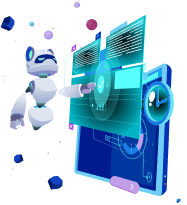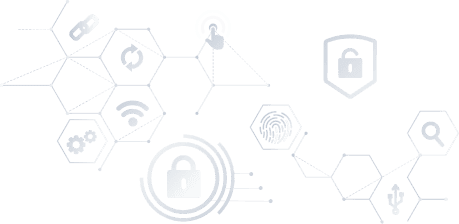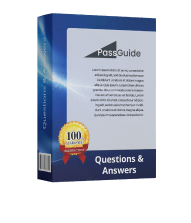
- Vendors
- ACAMS
- Adobe
- APICS
- ASQ
- Checkpoint
- Cisco
- Citrix
- CNCF
- CompTIA
- CSA
- CyberArk
- Dell
- F5
- Fortinet
- GARP
- Genesys
- GIAC
- HashiCorp
- HP
- Huawei
- IAPP
- IBM
- IIA
- IIBA
- ISC
- ISTQB
- ITIL
- Juniper
- Linux Foundation
- LPI
- Microsoft
- Mulesoft
- NetSuite
- Network Appliance
- Nutanix
- Palo Alto Networks
- PMI
- PRINCE2
- Python Institute
- RedHat
- Salesforce
- SAP
- Scrum
- ServiceNow
- Snowflake
- Splunk
- Test Prep
- The Open Group
- UiPath
- Veeam
- VMware
- Certifications
- Video Courses
- What we offer
- FAQs
- My Account
- Shopping Cart
The easiest way to pass your IT
Certification Exams


- Real questions with answers
- Questions & Answers are compiled by a group of Senior IT Professionals

- Formatted
questions just like on the real exam!

- Updated frequently - download free updates for 90 days
- Install on multiple computers for self-paced, at-your-convenience training
- Real exam environment simulation
- Real questions with answers
- Questions & Answers are compiled by a group of Senior IT Professionals
- Formatted questions just like on the real exam!
- Updated frequently - download free updates for 90 days
- Install on multiple computers for self-paced, at-your-convenience training
- Real exam environment simulation
You still have doubts?
Try the demo version right now and get full access to all
training materials for 7 days
Why choose us?



What do our clients say?

Clay
Life is Smooth With Pass guide
A few weeks back, I came to know that pass guide has bundle pack offers. These bundle packs provided a lot of discount. I bought pass guide LOT-805 exam engine, study guide and labs & scenario and saved a great deal...

Landyn
Unavoidable for 642-384 exam
Your final decision in selecting exam tool for 642-384 exam must be of pass guide testing engine. This is tested and proven especially for Cisco 642-384 exam. I am compelled to advise you due to its quality and...

Sienna
You can imagine a perfect world with passguide
If you think that there is no way to get a clear idea about your preparation of exams then grab yourself passguide SCP-500 testing engine. I and my brother are using passguide SolarWinds SCP-500 testing engine very...

Kenzie
Again Passed
You did it again,I passed myHP3-R05 Foundations exam with a 90% yeah!!It is great day of my life.I got what i desired.Its best exam guide which is worth investing.I must thank passguide for wonderful assistance.I love...

Jana
Oh Yeah, I Passed!!
It is true that HP0-D09 exam is very tough because it is IT based professional certificate. It becomes even more difficult for those candidates who are working persons; it means they have to burn the candle at both...

Lyle
Exam Passed
I appeared for exam with two weeks preparation and was so much confident.The exam was very easy and i completed before the given time.Today I passed with a score of 900. This miracle was done to me by passguide team...
Supported by real people
Velit officia consequat duis enim velit mollit. Exercitation veniam consequat sunt


